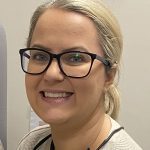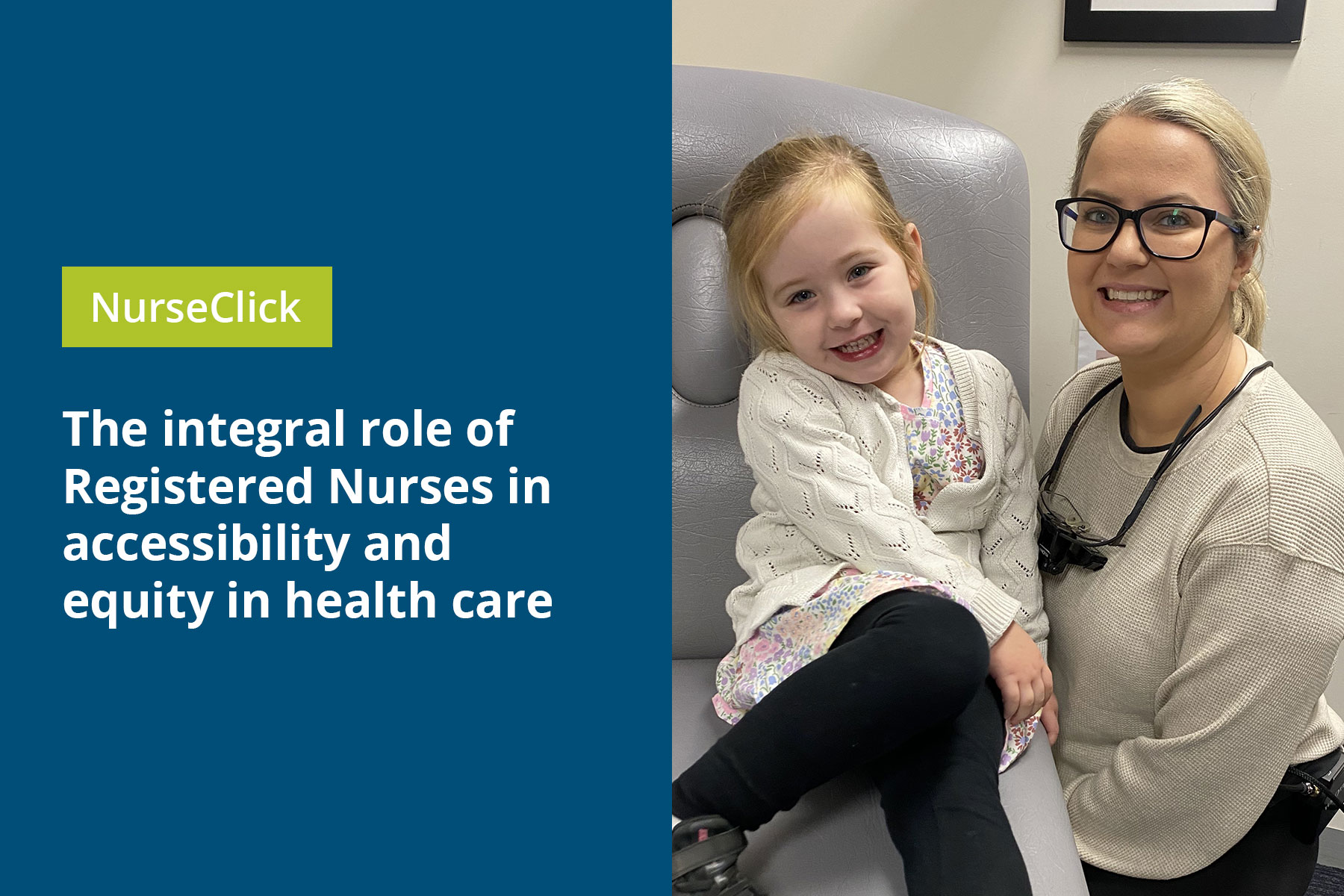Accessibility remains a cornerstone of equitable healthcare service delivery in Australia, representing the very foundation upon which Medicare was built. Registered nurses (RNs) stand as frontline advocates to provide accessible and equitable health care. However, the extent of their impact hinges greatly on the support and funding of the Medicare Benefits Schedule (MBS).
Amidst this pursuit, RNs stand as pillars of support, advocating for patients’ rights and striving to bridge the gap between communities and healthcare systems. However, the journey towards accessible health care isn’t without its challenges.
Innovative companies like Earworx, play a pivotal role in shaping a more inclusive healthcare landscape for all Australians.
Earworx is an award-winning, nurse-led service that provides earwax removal using microsuction technology. Earworx’s mission is to provide safe and gentle microsuction services to as many Australians as possible.
Understanding and working to the maximum of our scope, Earworx’s team of registered nurses around Australia receive extensive practical training in this delicate procedure. The nursing team works seamlessly with patients’ general practitioners (GPs), ENT’s and audiologists to the benefit of the patient. The team is pivotal in bridging the gap between individuals and healthcare systems. However, despite these critical contributions, there exists a disparity between the regulatory environment, the autonomy granted to nurses and the necessary support from funding bodies to fully leverage our capabilities.
The policy loop
Financial barriers to health care access can have a profound effect on patients’ well-being and treatment choices. The patients who attend this service do not receive a Medicare rebate following attendance and have minimal access to private health rebates because RNs cannot gain a Medicare Provider Number. The Government currently does not support RNs having access to a Medicare Provider Number. This is a frustrating policy loop limiting accessibility to the service for patients and demonstrates discrimination against RNs by the funding bodies. Often in our clinics, we treat patients who either do not tolerate dated methods of wax removal by water syringing/irrigation, or the procedure is contraindicated for them.
The policy loop is evident each day in our clinics across the country.
Example 1 – A patient with a government pension card seeking ear wax removal
Despite preferring the microsuction procedure due to past negative experiences with water syringing, they are unable to afford the out-of-pocket cost even with the 26 per cent discount that Earworx provides for pensioners. Consequently, they undergo a procedure that they do not tolerate well at their general practice or endure a prolonged wait of around six months to see their ENT specialist for the same procedure. This situation underscores the importance of addressing socioeconomic disparities in health care access and highlights the need for innovative solutions to ensure equitable care for all individuals, regardless of their financial circumstances.
Example 2
A GP recommends Earworx to their Department of Veteran Affairs (DVA) patient because they trust in the service being provided and water syringing is contraindicated in this patient due to having a preexisting medical condition.
The GP diligently completes the necessary paperwork, providing clinical justification for the referral, and the patient submits a request for financial approval to the DVA. However, the DVA rejects the application, citing the lack of access to the MBSfor RNs. Consequently, the patient is left paying for the Earworx procedure out-of-pocket or settling for a subsidised but less suitable procedure, such as water syringing, which poses risks due to the patient’s health condition. This situation highlights the complexities and frustrations patients face when navigating healthcare systems, underscoring the importance of addressing bureaucratic barriers to ensure patients receive appropriate and timely care.
Registered nurses having access to Medicare would help to ease the burden on emergency departments and GP clinics and would reduce the financial burden on the government and tax payer. By empowering nurses to make timely, educated and informed decisions within their scope, health care delivery becomes more efficient, especially in settings where access to doctors may be limited.
Autonomy: Empowering nurses to lead
Registered nurses, equipped with advanced education and training, possess the expertise to autonomously examine, assess and treat patients within their scope of practice. This autonomy is not only beneficial for nurses in terms of professional growth and career satisfaction, but also plays a significant role in enhancing patient outcomes.
Australians should be able to opt to have a RN as their chosen clinician and be able to receive a Medicare or Private Health insurance rebate.
Bridging the gap: Regulatory progress and funding alignment
Regulatory bodies, recognising the evolving role of nurses, have increasingly granted RN’s greater autonomy.
Nurse practitioners, for instance, are authorised to diagnose, prescribe medications, and initiate treatments independently in many jurisdictions. Such regulatory frameworks acknowledge the capacity of nurses to deliver high-quality care autonomously, particularly in underserved communities where physician shortages are prevalent. Whilst the rhetoric across the country is changing in terms of supporting the autonomy of nurses, funding mechanisms are lagging behind community expectations.
Since the establishment of Medicare by the Whitlam government in the 1970s, healthcare funding has typically followed traditional models based around physician-led care, overlooking the potential for cost-effective and accessible healthcare delivery through nurse-led initiatives which are available now but were not 50-plus years ago. This misalignment hinders nurse-led interventions and perpetuates barriers to accessing quality care, especially for marginalised populations.
What is the solution?
To fully harness the potential of RNs in delivering accessible health care, there must be a concerted effort to align funding mechanisms (MBS and Private Health) with the regulatory framework. This entails advocating for policies that recognise and support nurse-led initiatives financially. By investing in services that leverage the expertise of nurses, healthcare systems can optimise resources, improve patient outcomes, and enhance overall accessibility to care. This empowerment through autonomy is not only beneficial in enhancing patient outcomes but also plays a significant role in nursing professional growth and satisfaction; we need more happy nurses who are willing to stay in the profession.
To foster positive change in the Australian healthcare system, innovation and adaptation are imperative. With backing from funding bodies, pioneering enterprises like Earworx and various nurse-led services nationwide could play a pivotal role in shaping a more inclusive healthcare landscape for all Australians.
This progression would help to lessen overcrowding in GP clinics and reduce lengthy wait times in emergency departments across the country. Embracing innovation and empowering nurse-led initiatives are pivotal steps towards cultivating a healthcare system that is not only more accessible but more equitable for all Australians – this is an outcome that we can all be happy about.
This article was originally published in the Winter 2024 edition of ACN’s quarterly member publication The Hive. Members can access all past editions of The Hive on MyACN. Non-members can get a sneak peek by viewing our open-access articles.
Author: Kate Dawson MACN
Deputy Clinical Director, Earworx






